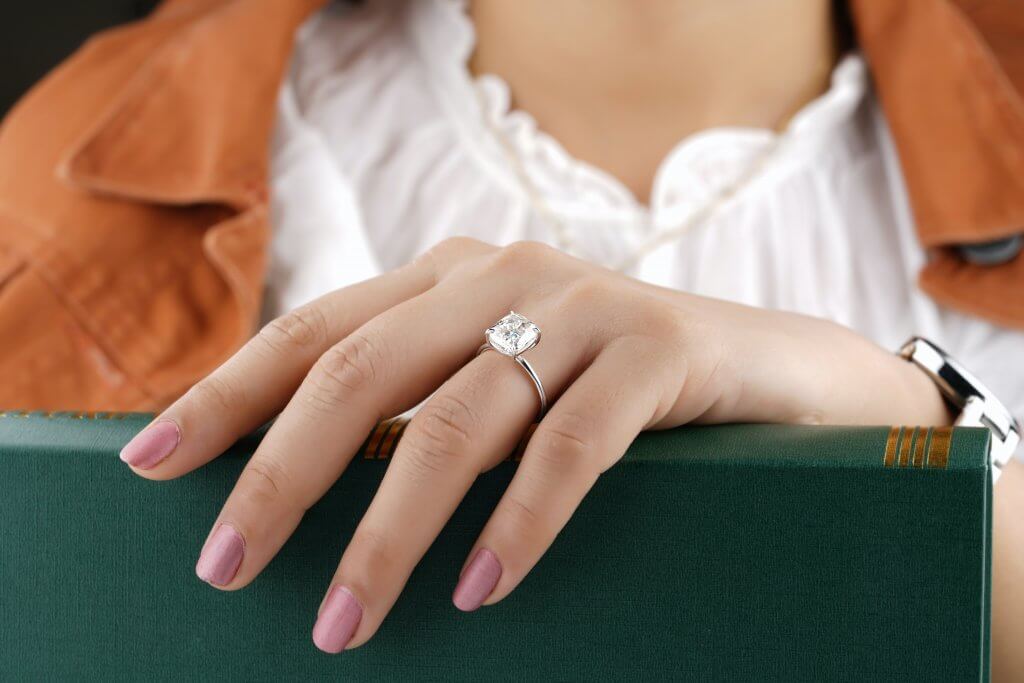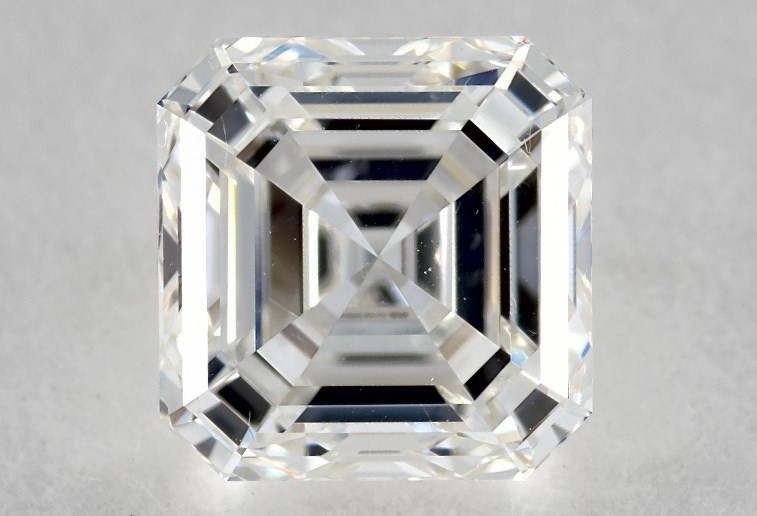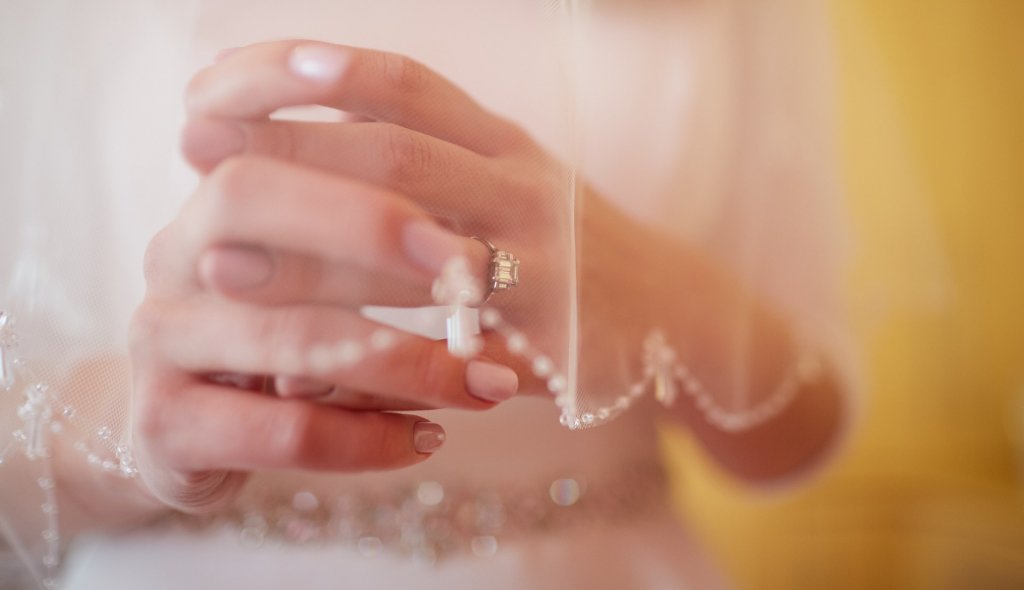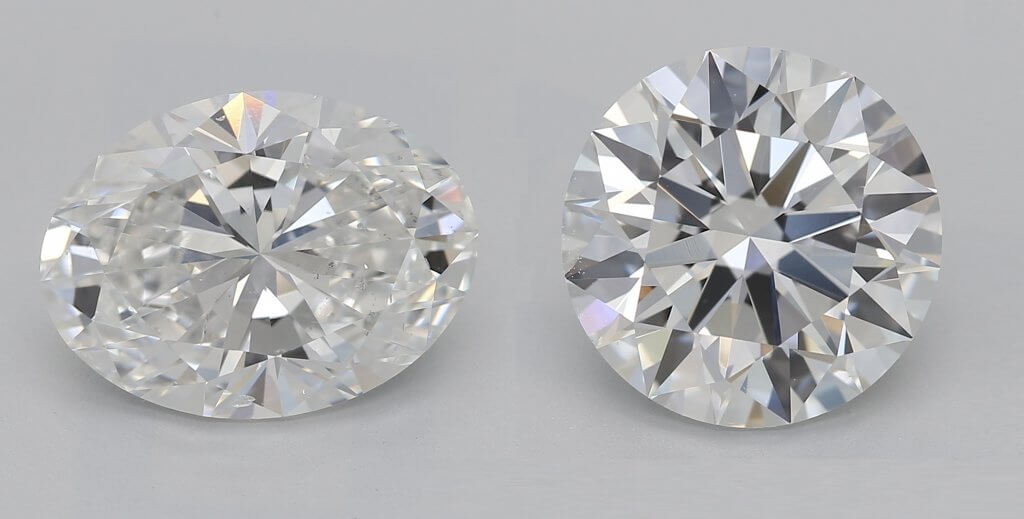Discover the Most Expensive Diamond Cut: A Guide
Key Takeaways
- The Round Brilliant is by far the most expensive choice any shopper can make.
- This is not just a result of its popularity and demand, but also the complexity of the cut, and the amount of wastage that will inevitably be produced during this process.
- Its popularity stems from the fact that it’s a classic symbol of romance, and by far the most brilliant, fiery, and scintillating shape out there. Representing mathematical perfection, this shape will never be replaced by another in terms of sparkle.
- As always, many different factors contribute to a diamond’s price point — not just shape. Figuring out how to spend your money wisely is the key to getting the most beautiful diamond possible without going over budget.

Whether your diamond is a classic Round or Oval cut, a fancy Pear or Marquise, or a vintage Emerald or Asscher, it stands to reason that the price is going to be determined primarily by its size (or, more accurately, its carat weight) and its quality.
After all, while our tastes in diamond cuts will always differ, it’s pretty clear that bigger, clearer, and better proportioned diamonds will always be worth more – or, at least, much more than those that are smaller, discolored or poorly cut.
It can take some time to get your head around each of the Four Cs alluded to above, but, in reality, they’re not the only thing that impacts the value of a diamond. Alongside the quality of a diamond’s cut (which, as you know, should always be in the Excellent – Very Good range) the shape of the diamond itself will alter its value on the market for a few good reasons.
First off, a Note on ‘Shape’ vs ‘Cut’
It’s very normal for these two phrases to be used interchangeably when you’re shopping for diamonds. In reality, cut refers to the diamond’s proportions, polish and symmetry, while shape refers exclusively to the form the diamond has been cut into – for instance, a Radiant, Round, Emerald, or Pear.
As one of the Four Cs, the subject of ‘Cut’ is very important to get right – and you can read more about diamond proportion in this guide. Here, however, we’ll focus on the many different shapes diamonds are cut into – and how this will impact your final total at the jewelry store.
Why are Some Diamonds More Expensive than Others?
From carat to cut, color and clarity, there’s plenty of reasons for the thousands of dollars that stand between one diamond and another. But, if we’re talking exclusively about shape, there are two key reasons: popularity (demand), and the complexity of the cutting process.
Traditional engagement rings have always favored some shapes more than others, and this has naturally led to those shapes warranting a higher price on the market than the less-popular shapes.
What’s more, each diamond shape has its own ideal proportions, which diamond cutters will typically aspire to meet with each diamond they encounter. Getting those perfect shapes out of a rough stone – which looks nothing like the symmetrical and highly polished diamonds found in fine jewelry – is not always easy, and often involves generating a fair amount of wastage.
Some of this wastage can be used to create melee diamonds (which you’ll find in pavé and halo settings) but, even then, these tiny stones are nowhere near as valuable as larger diamonds.
So, diamond shapes that generate more wastage during this process are often valued higher.
Popularity
It should come as no surprise that popularity is reason enough on its own to give any diamond shape’s value a boost. But, as a first-time shopper, knowing which shapes are the most popular doesn’t always come naturally – although the answer is a little more obvious than you might be expecting…

The Demands of the Cutting Process
Even with the incredible tools and technologies diamond cutters have today, creating a beautiful shape from a rough and dull stone is not easy – particularly when you take into consideration the importance of good proportion and size. Some are even harder than others to get perfect, which means they’re more labor intensive and require much more time from the cutter – and, as a result, cost you more.
What is the Hardest Diamond Shape to Cut?
The Heart is widely considered to be the trickiest shape to get perfect, with the Pear also causing some headaches for diamond cutters. The Round, however, requires the most precision – and leads to the most wastage.
When it comes to the Heart and Pear shapes, this can mean that it is tougher to find a good quality cut – although it’s certainly not impossible. You can browse a wide selection of ‘Excellent’ and ‘Very Good’ GIA graded Pear cuts here, for instance.
Nevertheless, the cutting process behind the Round is yet another reason why it remains significantly more expensive than these two tricky-to-master shapes. Perfecting each and every facet and attaining that mathematical level of precision that went into creating the Round brilliant shape in the first place is not easy, particularly when the diamond cutter needs to focus on preserving as much weight as possible.
We mentioned above how this wasted rough diamond can be used to create melee diamonds (among other things), but a larger diamond is still going to be worth far more to the diamond cutter. Since other shapes produce less waste, the Round has yet another reason to be the costliest shape out there.
Which Diamond Shape Has the Most Facets?
The Round is known for featuring 57-58 facets, although the Oval, Cushion and Emerald all feature the same number of facets.
Most diamonds will feature 57 facets, and the 58th facet is represented by the culet – an undesirable extra cut made into the tip of the diamond’s pavilion.
This high number (and the very particular arrangement) of facets is why the Round is known for its incredible sparkle – and why it’s regarded as one of the most difficult cuts to get perfect.
So, What is the Most Expensive Cut of Diamond?
If it wasn’t already crystal clear by now, the Round cut diamond represents the most expensive choice for shoppers today – and for the foreseeable future.
The Round cut can cost thousands of dollars more than some shapes, and you will notice a difference if you start comparing similar diamonds featuring different cuts.
This is why learning about the Four Cs can be so useful. While the Round is expensive, it also gives shoppers plenty of freedom to opt for much lower (and cheaper) clarity and color grades, potentially saving you thousands of dollars.
Of course, this is something shoppers can practice across the board – no matter what shape they choose – but the Round offers more flexibility than others.
For instance, we mentioned how the Emerald and Asscher cuts are a little fussier about clarity – something which can compel buyers to invest more into clarity than they would otherwise need to.
So, while the Round cut is the most expensive shape out there, there are ways of making your total spend more manageable.
Which Diamond Cut Holds its Value?
The value of the Round diamond lasts well beyond its initial purchase.
It’s not just about what you pay in the beginning. Consider the fact that the Round brilliant has represented the mainstay of the engagement ring world for many, many decades. While the popularity of certain cuts, like the Pear, comes and goes throughout the generations, the Round diamond has never been unseated as the most popular and traditional shape out there.
It’s pretty fair to surmise, then, that a skilfully cut and polished (and well cared for) Round diamond will retain the most value over time.
Also, consider the fact that other shapes are a little more vulnerable to damage than the Round. The delicate points on the Marquise and Pear – and the sharp corners on the Princess cut – are not impervious to damage, and any chips will bring down the value of a diamond.
What About Hearts and Arrows Diamonds?
Hearts and arrows diamonds are typically worth anywhere from 10% – 30% more than other, Excellent cut Round diamonds that do not feature the pattern. As a result, they tend to represent the most expensive Round cut diamonds out there.
Obviously other factors play a part too, but diamond cutters typically only invest the time and attention needed to create a hearts and arrows diamond into stones that already exhibit a very good color, carat weight and level of clarity.
So, it’s pretty safe to say that most hearts and arrows diamonds out there represent the most expensive options for shoppers looking to invest in the already-higher priced Round cut.
Whether or not this cost is worthwhile is down to you and your budget, although you can find out more about the hearts and arrows phenomenon (and its value) if you click here.
Our Summary: A Worthwhile Cost
The shape your diamond holds is the first thing anyone will notice. The Four Cs, for all their importance, represent features that, barring size, we only begin to see on closer inspection. Getting this aspect right is, understandably, essential.
As a result, investing into the right cut is tantamount to investing into an eye clean diamond, or one with no discernible discoloration.
In other words, the extra cost is something you should factor into your budget, rather than shying away from. It is literally set in stone, and will dictate the entire look of the ring once it’s been completed and placed on the finger of your bride-to-be.

May 11, 2021 By Willyou.net
The Timeless Elegance of an Asscher Cut Diamond: How to Choose the Perfect One?

Mar 26, 2022 By Willyou.net
The Classic Beauty of a Step Cut Diamond: A Guide








